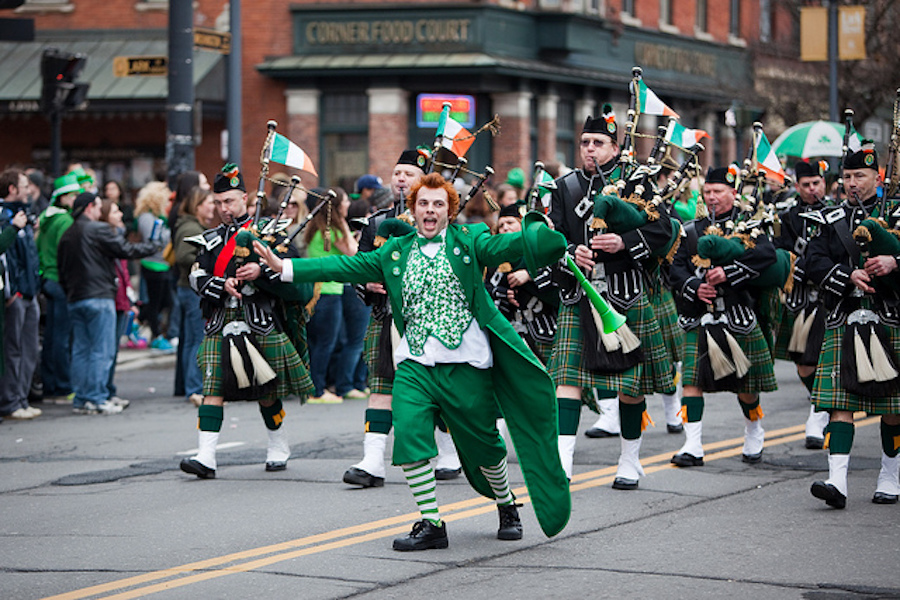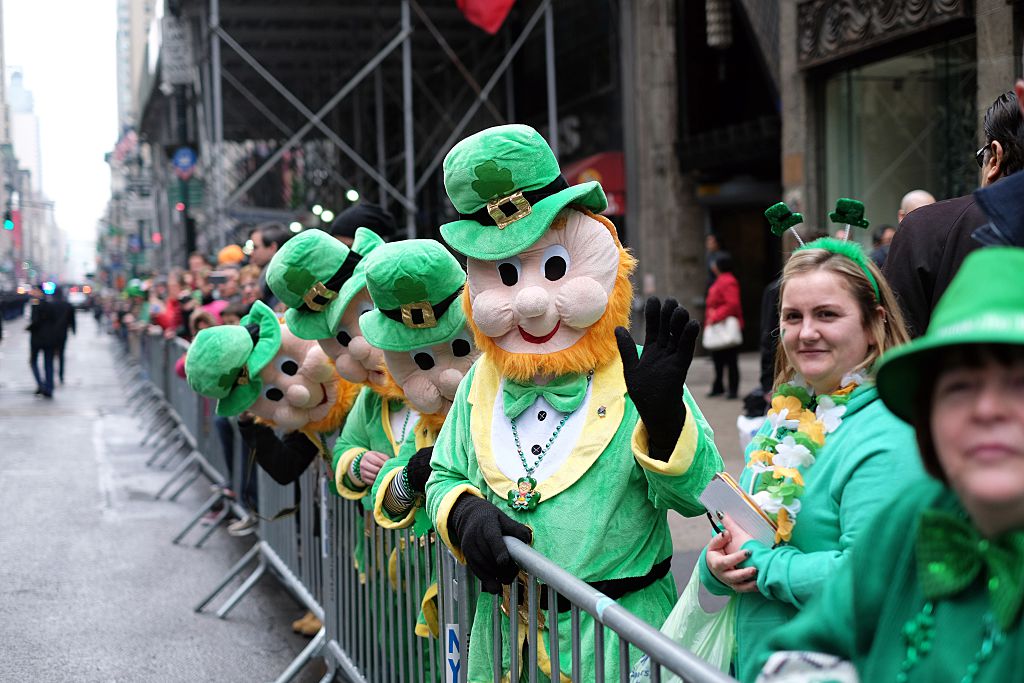Gallery
Photos from events, contest for the best costume, videos from master classes.
 |  |
 |  |
 |  |
 |  |
 |  |
 |  |
Incorporating orange and green into St. Patrick’s Day outfits can be a creative way to celebrate and acknowledge Ireland’s diverse heritage. History of Wearing Orange on St Patrick’s Day. Wearing orange on St. Patrick’s Day has its roots in Irish history, specifically, the events surrounding the Battle of the Boyne in 1690. St. Patrick’s Day usually conjures images of partying, Catholicism, Irish nationalism and, perhaps most famously, the color green: green clothes, green shamrocks, green beer and green rivers. Wondering if wearing orange on St. Patrick’s Day is offensive? Discover the history, meaning, and cultural significance of colors on March 17, plus stylish print-on-demand apparel ideas from Printblur. To understand why some people wear orange, you first have to understand why people wear green. St. Patrick's Day is a Roman Catholic holiday that was first celebrated in Ireland starting in 1631. The color orange represents the sizable Protestant population within Ireland, and the green symbolizes Roman Catholicism, the religion that originally invented the holiday. Nonetheless, St. Patrick’s Day was co-opted by Protestants, who opted to don their representative orange instead of green for the day. Is it offensive to wear orange on St Patricks Day? Is [] While most St. Patrick’s Day enthusiasts bust out their green clothing on March 17, there are some who would rather wear orange. The reason has everything to do with religion. St. Patrick’s Day is typically associated with the color green, but many Irish people wear the color orange on March 17 instead. Scotland and Ireland who in 1690 defeated the deposed Roman The Irish government didn’t recognize St. Patrick’s Day as a public holiday until 1903, and the first parade in Dublin wasn’t held until 1931. Even pubs remained closed on March 17 until 1961. HUNDREDS of St Patrick’s Day revellers packed out an Edinburgh pub this morning to get the party started. The Three Sisters boozer in the capital opened its doors to punters dressed out in gr Growing up, my sister Jacqueline and I were NEVER allowed to wear green to school. We would try to sneak out the door and Daddy would turn us about saying, “No child of mine is wearing green on St. Patrick’s Day. Go and put on your orange.” No matter how we pleaded about getting pinched, Daddy was always true to his heritage. Whether you choose to don green or orange this St. Patrick’s Day, let your attire serve as a symbol of respect for all facets of Irish heritage. Conclusion. Wearing orange on St. Patrick’s Day represents a different shade of celebration, symbolizing the Protestant faith and highlighting the complex history and diversity of Irish culture. 🔍 Description: Molly Malone's Irish Pub in Los Angeles is having an epic Saint Patrick's Day bash on March 17, and with the doors opening at 8AM, live music starting at 6PM, and closing at about 2AM, there will be plenty of activities taking place throughout the day and night, from a special St. Patrick's Day menu to Irish step dancers to a 73 Funny St. Patrick’s Day Jokes For Adults And Kids; The Best Irish Songs And The Best Irish Films Of All Time For Paddy’s Day; 8 Ways That We Celebrate St. Patrick’s Day In Ireland; The Most Notable St. Patrick’s Day Traditions In Ireland; 17 Tasty St. Patrick’s Day Cocktails To Whip Up At Home; How To Say Happy St. Patrick’s Day While Catholics were associated with the color green, Protestants were associated with the color orange due to William of Orange – the Protestant king of England, Scotland and Ireland who in 1690 defeated the deposed Roman Catholic King James II. Therefore, on St. Do Scottish celebrate St Patrick Day? St. [] Therefore, on St. Patrick’s Day, Protestants protest by wearing orange instead of green. Ironically, no one wears white; the placement of the white stripe between the green and orange stripes on the Irish flag is supposed to symbolize the peace between the Roman Catholic majority and the Protestant minority. My great-grandmother always insisted we wear orange on St. Patrick's day as a sign of Scottish Pride. But, now most people think I am a bigot against the Irish or I am an Irish Protestant. Is there a better color I could wear on St. Patrick's day to show my Scottish Pride? swedal from Colorado on February 11, 2011: The Ultimate Guide to St. Patrick’s Day Colors: What Not to Wear. So, you’re prepping for St. Patrick’s Day and want to avoid a fashion faux pas (or worse, a pinch from a mischievous leprechaun!). The answer, according to tradition and a touch of historical context, is: you should probably avoid wearing orange on St. Patrick’s Day Nonetheless, St. Patrick's Day was co-opted by Protestants, who opted to don their representative orange instead of green for the day. The white stripe separating the green and orange ones on the country's flag is indicative of the unity both religions maintain, meaning there's no bad blood no matter what color you don. While Catholics were associated with the color green, Protestants were associated with the color orange due to William of Orange – the Protestant king of England, Scotland and Ireland who in 1690 defeated the deposed Roman Catholic King James II. Therefore, on St. What do the Scottish wear on St Patrick’s day? Patrick’s Day, look []
Articles and news, personal stories, interviews with experts.
Photos from events, contest for the best costume, videos from master classes.
 |  |
 |  |
 |  |
 |  |
 |  |
 |  |